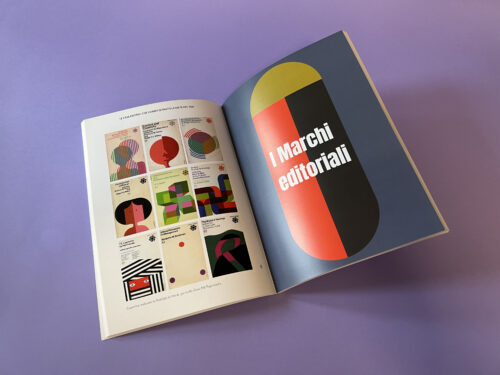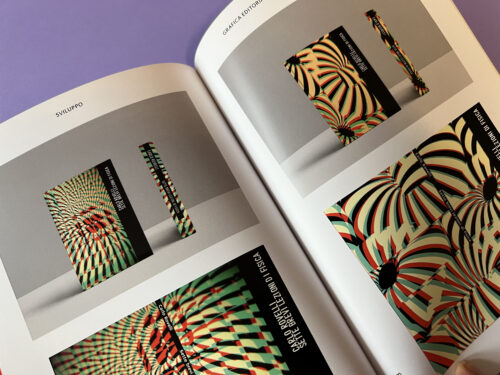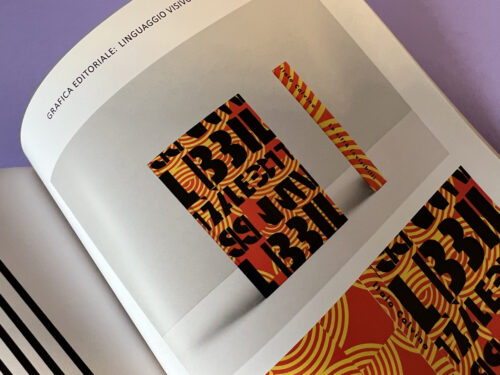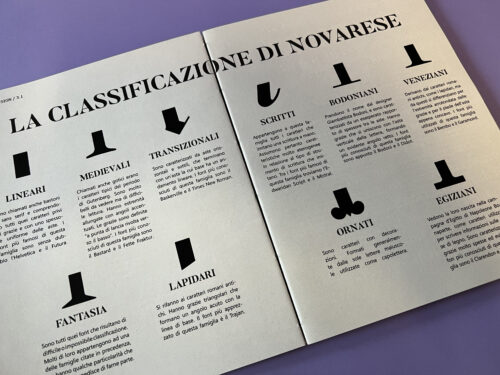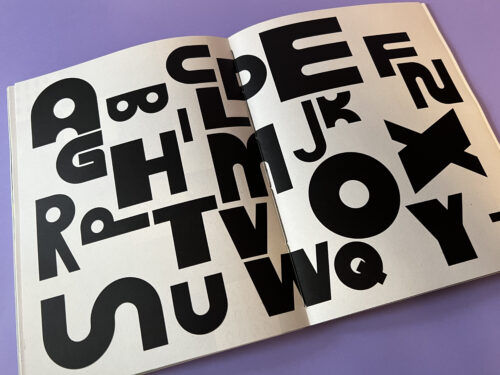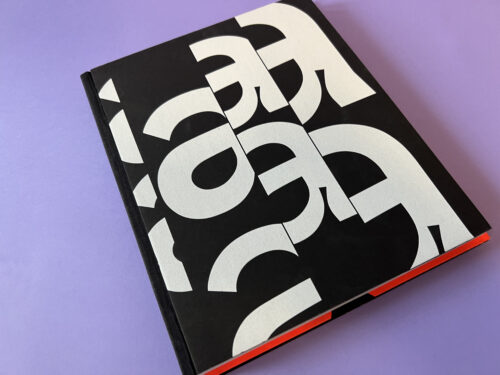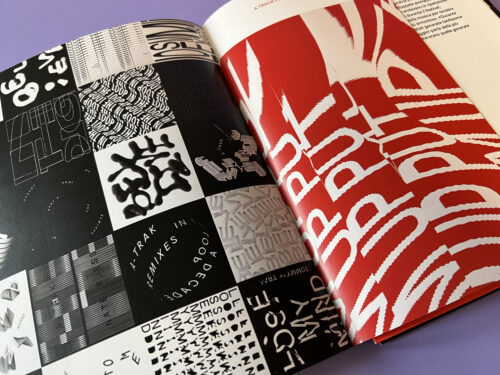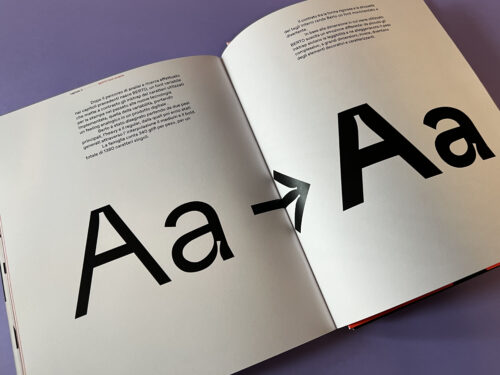The three-year period in Graphic Design provides a theoretical/practical didactic path through study subjects closely linked to the disciplines involved in the communication process (such as the history of visual communication, semiotics, the design of typographic characters, illustration, and photography). Learning the various disciplines involved in the creative process consolidates the culture of images. It strengthens the technical skills and the historical and theoretical foundations necessary to face a project in all its phases, from research to the project to its realization. The course, therefore, provides a combination of theoretical lessons and design activities in the form of exercises. The theoretical lessons provide the cultural and analytical tools necessary for managing the graphic project. In contrast, the design activities approach and transmit the processes, planning, and necessary technological tools. The graphic designer must acquire a methodology and knowledge of visual communication, such as being able to deal with more or less complex content which may involve the involvement of other professional figures linked to the creation of the graphic product (photographers, illustrators, typographers, fitters, advertisers, communication experts), as well as final recipients of the message.

